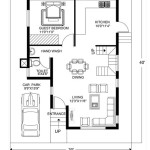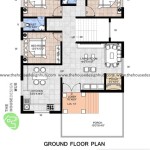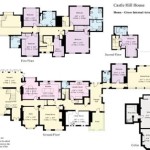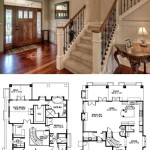A Detailed Guide to Designing Colonial House Plans with Columns
Colonial house plans with columns continue to captivate homeowners with their timeless charm and architectural beauty. These homes evoke a sense of history and tradition while offering modern comforts and functionality. If you're considering incorporating columns into your colonial home design, there are several essential aspects to consider to create a harmonious and cohesive outcome.
Architectural Style
The architectural style of your colonial home will determine the type of columns that you incorporate. Federal-style homes typically feature slender, fluted columns, while Georgian-style homes have bolder, more ornate columns. Greek Revival homes are characterized by tall, unadorned columns with simple capitals. Choose a column style that complements the overall design and style of your house.
Column Placement
The placement of columns is crucial for both aesthetic and structural purposes. Columns can be positioned at the entrance, on the porch, or as decorative accents on the facade. Consider the proportions of your home and the desired level of symmetry when deciding on the number and arrangement of columns.
Column Materials
Colonial columns are typically made of wood, stone, or brick. Wood columns are the most traditional option and offer a warm, inviting look. Stone columns provide a more substantial and elegant aesthetic, while brick columns add durability and texture. Choose a material that complements the style of your home and the overall landscape design.
Column Height and Proportion
The height and proportion of columns are essential for creating visual balance and harmony. The height of a column should typically be proportional to the overall height of the house. The diameter of the column should be approximately one-fifth of the height. Avoid using columns that are too tall or too short as they can disrupt the proportions of the house.
Entablature Details
The entablature is the horizontal section above the columns that consists of the architrave, frieze, and cornice. The details of the entablature can enhance or detract from the overall appearance of the columns. Choose entablature details that complement the style of your home and columns, such as dentils, molding, or triglyphs.
Verandas and Porches
Verandas and porches are common features of colonial homes with columns. They provide outdoor living spaces while adding depth and interest to the facade. Consider the size, shape, and style of your veranda or porch when selecting columns. Ensure that the columns are proportionate to the space and complement the overall design of your home.
Landscaping and Context
The landscaping around your colonial home with columns plays a crucial role in enhancing or diminishing the overall aesthetic. Plant trees, shrubs, and flowers that complement the architectural style and color scheme of your home. Create pathways and walkways that lead to the entrance and porch, highlighting the columns and creating a welcoming atmosphere.
By carefully considering these essential aspects, you can create a colonial house plan with columns that is both elegant and timeless. Remember to consult with an experienced architect or designer to ensure that your design meets structural requirements and adheres to the historical authenticity of the colonial architectural style.

Plan 021h 0197 The House

4 Bedrm 3270 Sq Ft Southern Colonial House Plan 178 1034

Traditional Colonial House Plan With Columns And Rear Balcony 9723

4 Bedrm 3270 Sq Ft Southern Colonial House Plan 178 1034

Colonial House Plans Floor For Homes

Pin On Houses I Love

Colonial House Plan With Arched Openings 5700

Southern Style House Plan Colonial Beach Home Floor

Southern Colonial Home Plan 6 Bedrm 2 Bath 9360 Sq Ft 120 2531

Southern Style House Plan Colonial Beach Home Floor








